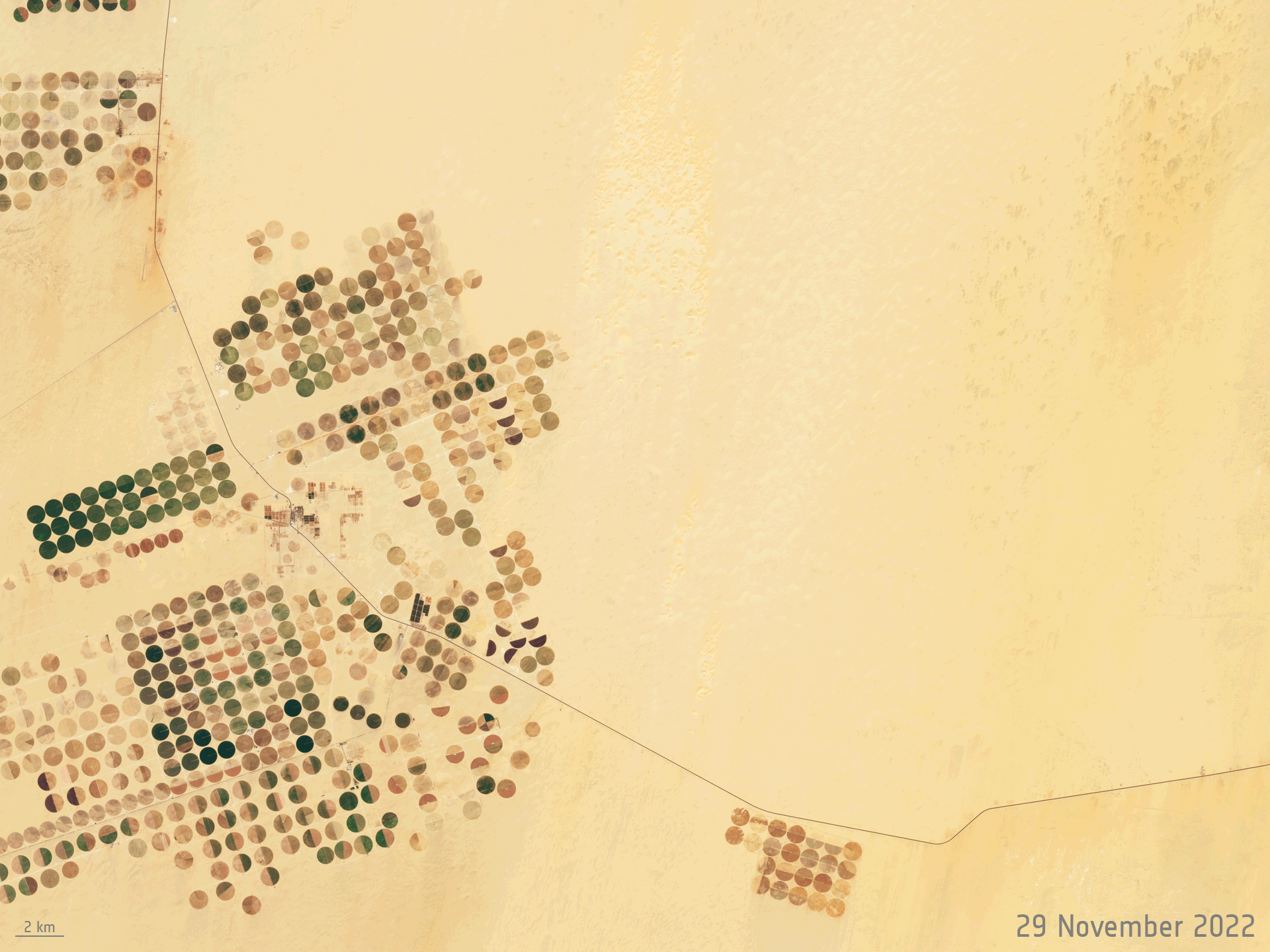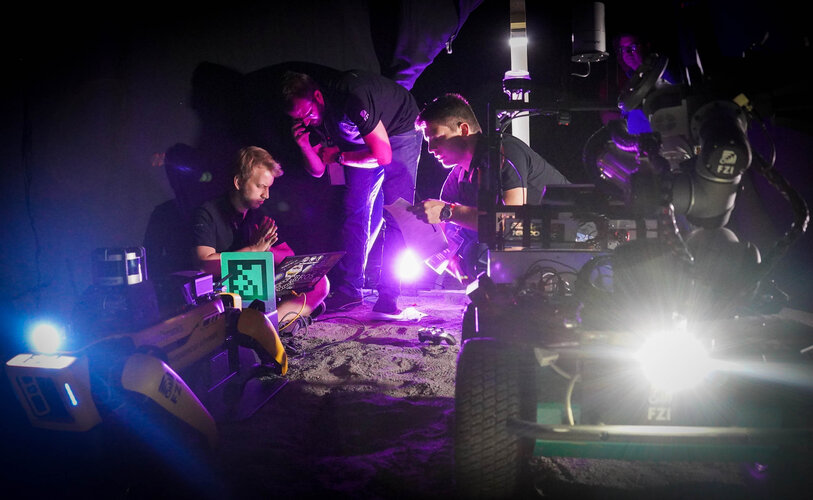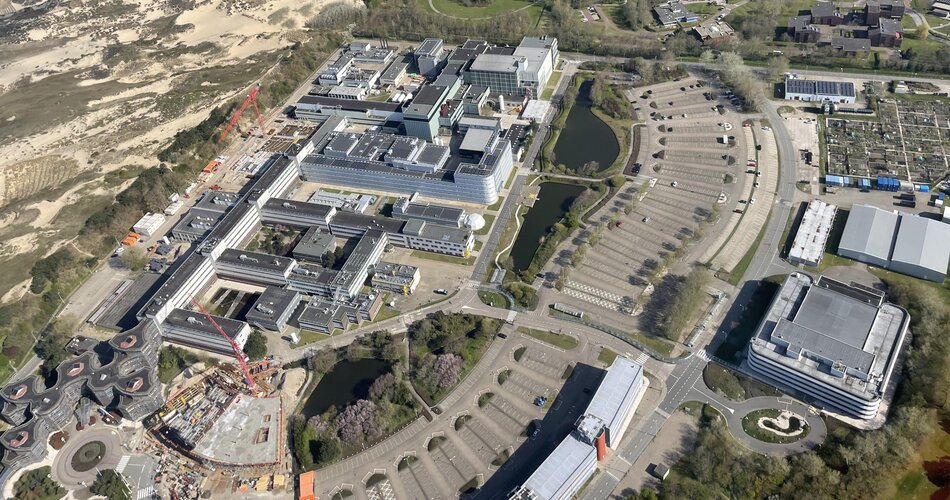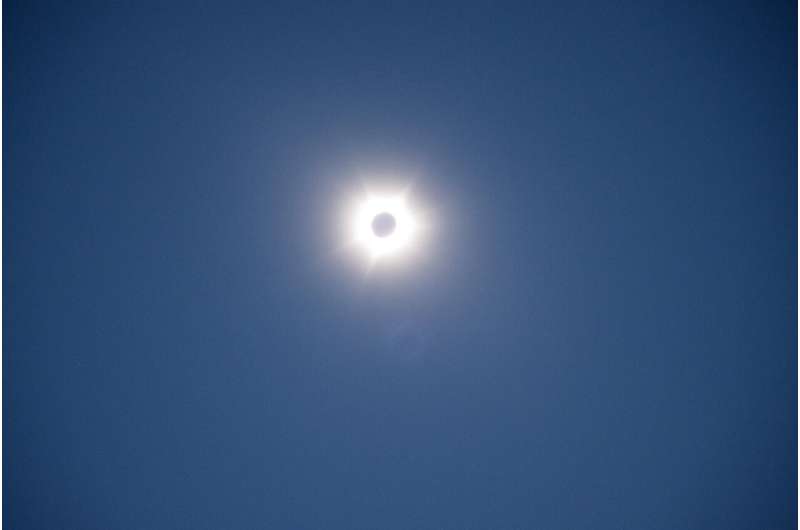
Copernical Team
SpaceX giant rocket explodes minutes after launch from Texas

SpaceX's giant new rocket exploded minutes after blasting off Thursday on it first test flight and crashed into the Gulf of Mexico.
Elon Musk's company was aiming to send the nearly 400-foot (120-meter) Starship rocket on a round-the-world trip from the southern tip of Texas, near the Mexican border. It carried no people or satellites.
Images showed multiple engines weren't working on the 33-engine rocket as it climbed from the launch pad, reaching as high as 24 miles (39 kilometers.)
The flight plan had called for the booster to peel away from the spacecraft minutes after liftoff, but that didn't happen. The rocket began to tumble and then exploded four minutes into the flight, plummeting into the gulf.
Introducing World Cereal

Global food security is a major challenge in the face of population growth and climate change. One of the first steps in achieving food security for all is to know which crops are growing where and how – each season. Launching today, ESA’s WorldCereal is the world’s first dynamic system capable of providing seasonally updated crop information to help monitor agricultural production across the globe.
Robots, humans, assemble for the Moon
 Image:
Robots, humans, assemble for the Moon
Image:
Robots, humans, assemble for the Moon ESA’s technical centre expands
 Image:
ESA’s technical centre expands
Image:
ESA’s technical centre expands SpaceX Starship experiences rapid unscheduled disassembly 3 minutes after launch
 SpaceX's Starship, the most powerful rocket ever built, exploded on Thursday during the first test flight of the spacecraft designed to send astronauts to the Moon, Mars and beyond.
The gigantic rocket successfully blasted off at 8:33 am Central Time (1333 GMT) from Starbase, the private SpaceX spaceport in Boca Chica, Texas.
The Starship capsule had been scheduled to separate from t
SpaceX's Starship, the most powerful rocket ever built, exploded on Thursday during the first test flight of the spacecraft designed to send astronauts to the Moon, Mars and beyond.
The gigantic rocket successfully blasted off at 8:33 am Central Time (1333 GMT) from Starbase, the private SpaceX spaceport in Boca Chica, Texas.
The Starship capsule had been scheduled to separate from t 'Awesome' solar eclipse wows viewers in Australia, Indonesia

Under a cloudless sky, 20,000 eclipse chasers crowded a tiny outpost to watch a rare solar eclipse plunge part of Australia's northwest coast into brief midday darkness Thursday while temporarily cooling the tropical heat.
SpaceX takes second shot at launching biggest rocket

SpaceX prepared to launch the biggest and most powerful rocket Thursday, working nonstop after the first shot at a test flight fizzled earlier in the week.
The nearly 400-foot (120-meter) Starship was poised to blast off from the southern tip of Texas, near the Mexican border. SpaceX's Elon Musk gave 50-50 odds of the spacecraft reaching orbit on its debut.
None of the rocket will be recovered. Instead, if all goes well, the first-stage booster, dubbed Super Heavy, would drop into the Gulf of Mexico.
Juice post-launch briefing replay
 Video:
00:28:00
Video:
00:28:00
Watch a replay of the Jupiter Icy Moons Explorer (Juice) post-launch briefing, live from ESA’s European Spacecraft Operations Centre (ESOC) in Darmstadt, Germany.
ESA’s Juice mission was launched into space on an Ariane 5 from Europe’s Spaceport in French Guiana on 13 April 2023, on an eight-year cruise to Jupiter. It will make detailed observations of gas giant Jupiter and its three large ocean-bearing moons – Ganymede, Callisto and Europa.
Sweden intends to send ESA astronaut to the International Space Station
Press Release N° 18–2023
At the Space Symposium in Colorado Springs, USA, on 18 April, ESA signed a letter of intent with the Swedish National Space Agency to send an ESA astronaut to visit the International Space Station on an Axiom mission.
China and Brazil to expand cooperation in space development
 On April 14, under the witness of Chinese President Xi Jinping and Brazilian President Lula, Zhang Kejian, director of China National Space Administration, signed the "People's Republic of China Supplementary Protocol between the Government and the Federative Republic of Brazil on Cooperative Development of Earth Resources Satellite 06 and the 2023-2032 China National Space Administration and Br
On April 14, under the witness of Chinese President Xi Jinping and Brazilian President Lula, Zhang Kejian, director of China National Space Administration, signed the "People's Republic of China Supplementary Protocol between the Government and the Federative Republic of Brazil on Cooperative Development of Earth Resources Satellite 06 and the 2023-2032 China National Space Administration and Br 
